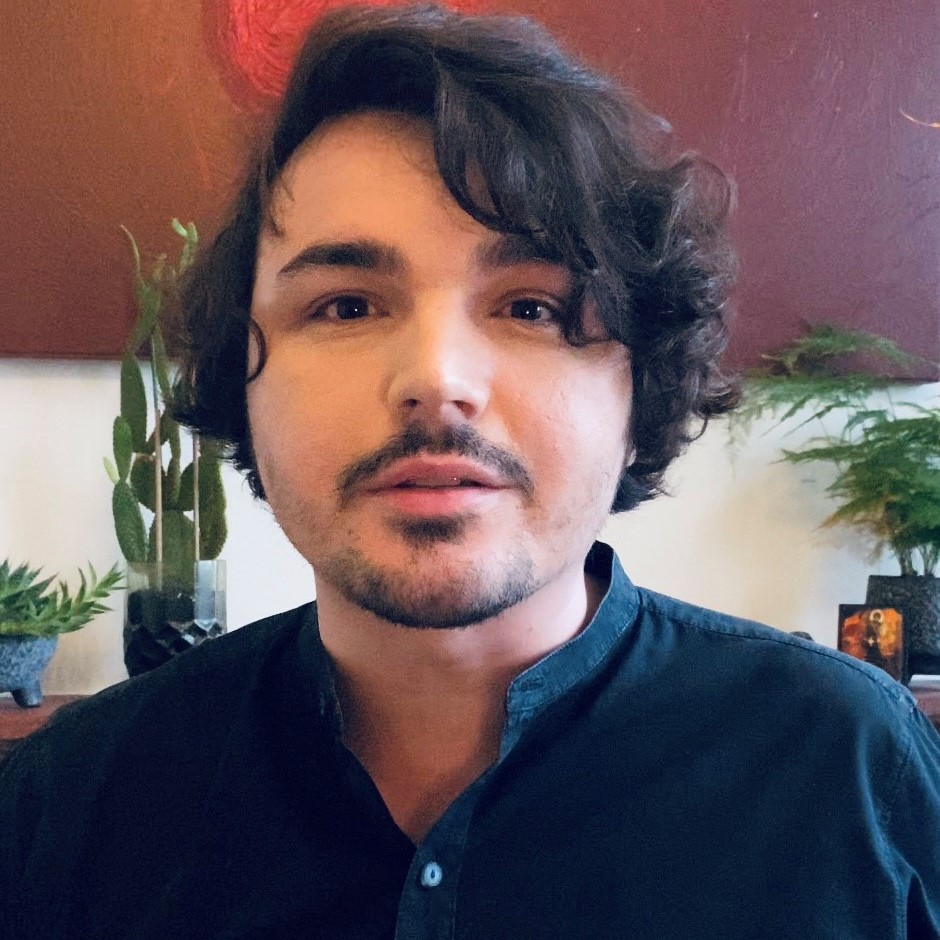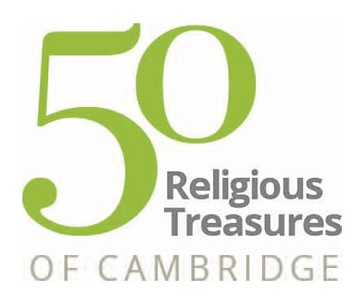Examine how religions may have more in common that is often thought with Dr Safet HadžiMuhamedović.
Meet your lecturer
Safet HadžiMuhamedović loves to teach anthropology, which allows him to ask curious questions in class, such as can stones speak, do religious icons have the power to heal, and why do dragons prefer to live near water. He has written on many subjects, including rituals related to rivers, trees and caves, migrants’ experiences of time, war crime archives and the questions of home and belonging after conflict.
Safet is a social anthropologist with an interest in sacred landscapes, the combining of different religions and beliefs, and inter-faith relations. Much of Safet’s work is concerned with historical and contemporary interactions between Christian, Muslim, Jewish and Roma people in Bosnia, and he is currently organising a research project and an exhibition of photography on shared sacred landscapes around the world. He
Safet did his first degree in History of Art and Sociology at the University of Sarajevo and Kenyon College, before coming to the UK to do an MPhil in Social Anthropology at Hughes Hall in Cambridge and a PhD in Anthropology at Goldsmiths, University of London.
Explore further
Roberta Booth, who painted A Gate in the Heart of Love, wrote about the power of colour in evoking memory, aiding transcendence and healing the spirit. Many religious festivals and especially celebrations of Spring involve the use of evocative colours.
All Saint’s Garden in Cambridge is a public garden holding regular Art & Crafts markets. The garden is on the site of a now demolished church called ‘All Saints of the Jewry’, which was built over the former Jewish area of Cambridge. Prior to Jews being expelled from Cambridge in 1275, Jews and Christians lived alongside one another, although little is known of their shared lives and practices.
King's College Chapel is one of many buildings in Cambridge adorned with old stone carvings of the Green Man, which you can spot there and also around the city of Cambridge. Each one is unique. It can be fun to try and recognise the different types of foliage sprouting from their mouths.
Cambridge Inter-Faith Programme (CIP) is a research centre at the University of Cambridge dedicated to the study of historical and present-day relations between people and communities of different religions. You can see some of their many ongoing projects here. CIP organises Scriptural Reasoning sessions, in which participants of different faiths meet to read and discuss passages from their respective sacred texts.
Cambridge Central Mosque is the first ‘green’ or eco-friendly mosque in Europe. Why not watch this film, which gives a hint of some of the symbolic meanings of the intricate architectural elements? The mosque is well-known for its inter-faith meetings.
Consider some questions
What examples can you give of stories, practices and beliefs shared by different religions or groups of people?
Do you think religion is a power for peace or a cause of conflict?
What does it mean to live in a multi-faith society?
Can understanding different religious beliefs and practices help us protect the environment?
Guidance for teachers
Download the video transcript



